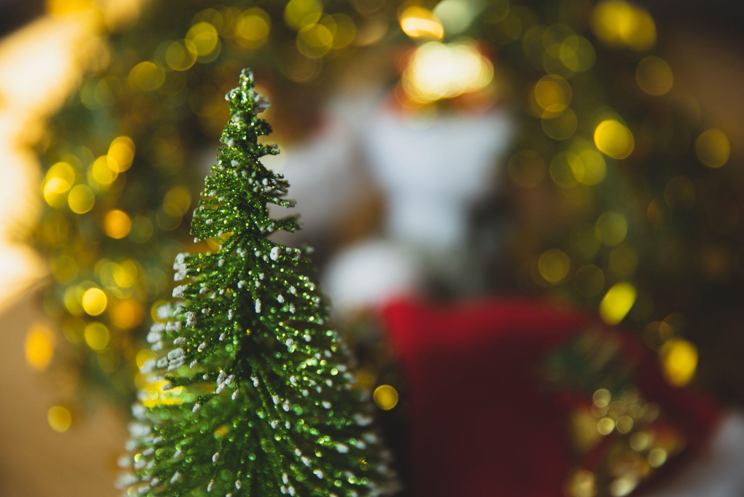The Fascinating Journey of Artificial Christmas Trees
Artificial Christmas trees have been the go-to option for many families during the holiday season for decades. While many of us have grown up with artificial Christmas trees as part of our holiday traditions, only some of us understand the science behind their creation. Believe it or not, artificial Christmas trees require much more than just a bit of plastic and metal to be transformed into the beautiful, realistic-looking trees we see in our living rooms.
Instead, creating artificial Christmas trees involves much scientific experimentation, research, and laboratory work. Trees must be designed to look as realistic as possible while holding up lights and decorations hanging from their branches. To achieve this, manufacturers must consider factors such as the type of plastic and metal used, the thickness of branches, and even the rigidity of individual needles.
Experimenting with Materials
One of the biggest challenges in creating artificial Christmas trees is experimenting with different materials. Indeed, the materials used to create artificial trees often undergo intense experimentation and testing to ensure their longevity and realistic look. For example, companies may experiment with different types of plastics and metals to determine which combinations offer the most natural look and most extended lifespan.
Another popular material used in artificial Christmas trees is polyvinyl chloride (PVC), a plastic with bendable and flexible properties. This material is often used to create needles and branches that are easy to bend and manipulate, allowing for a more natural look. However, manufacturers must carefully use the right combination of PVC and metal to create a sturdy and long-lasting tree.
Creativity in the Laboratory
Beyond simply experimenting with different materials, artificial Christmas tree manufacturers must also use their creativity and ingenuity to create unique and innovative designs. Some trees may feature more flexible branches or larger needles to give them a more natural look. Other trees may have more intricate metal or plastic work, creating a more detailed and realistic appearance.
In addition to the physical appearance of the trees, manufacturers must also consider the safety and environmental impacts of their creations. Many modern artificial Christmas trees are made from eco-friendly materials and are certified safe for household use.
In conclusion, artificial Christmas trees are more than just a simple holiday decoration. Crafting these trees involves a wide range of scientific experimentation, creative ingenuity, and practical considerations. However, by understanding the science that goes into creating these trees, we can better appreciate the craftsmanship and artistry behind them. Next time you unpack your artificial Christmas tree for the holiday season, take a moment to appreciate the science and innovation that went into creating it.

